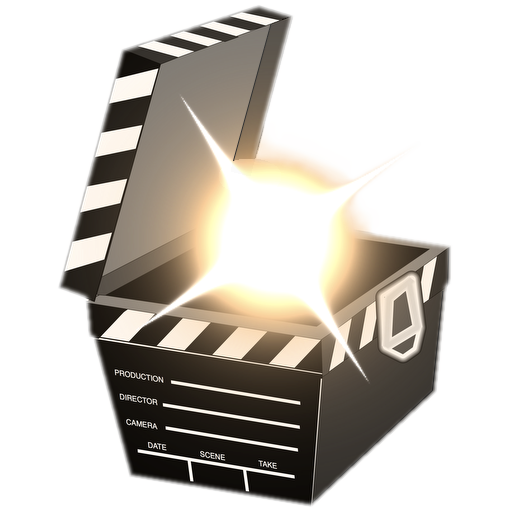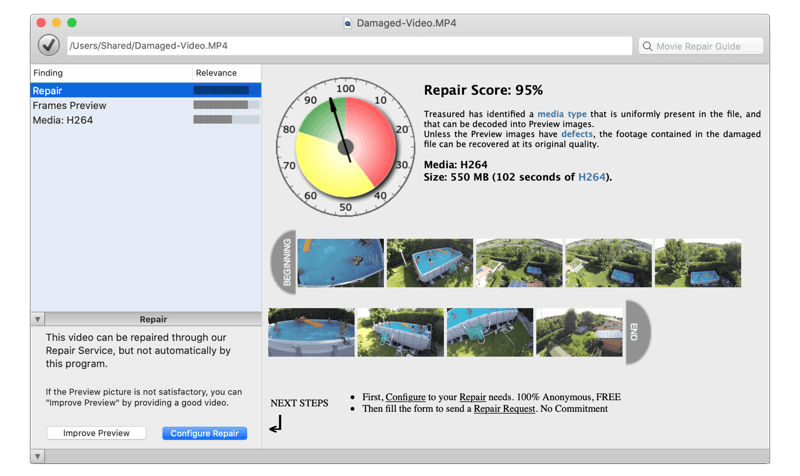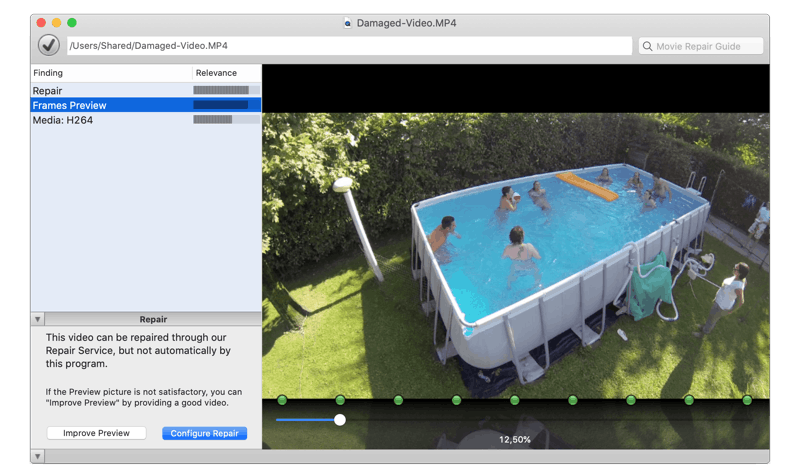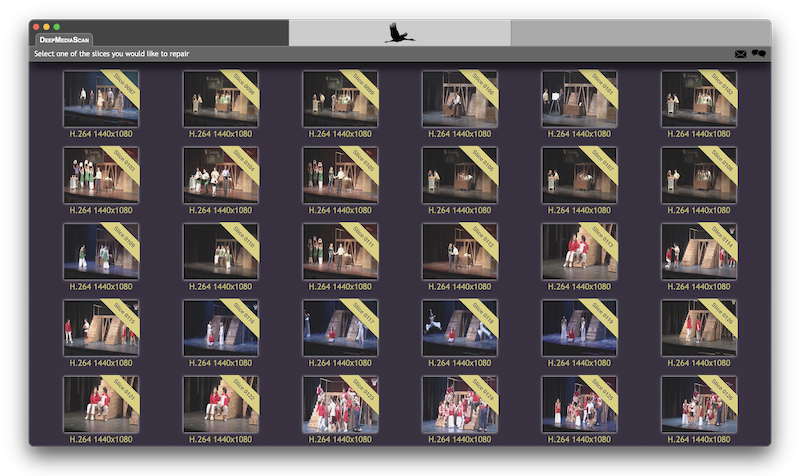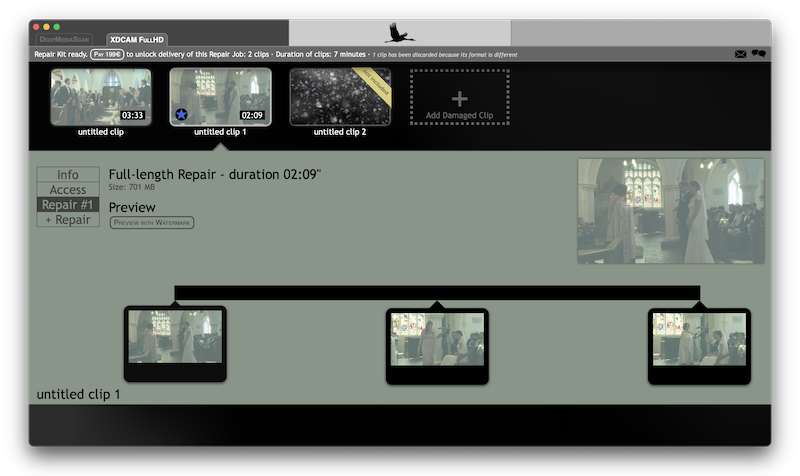Unsupported Browser
This page probably won't work great in Internet Explorer. We generally only support the recent versions of major browsers like Chrome, Firefox, Safari and Edge.
This page was written a few years ago
Some information needs to be updated, we will do it soon.
Please accept our apologies for not having up-to-date information about this topic.
Nevertheless, we keep offering repair services for this type of damaged footage — with same level of quality as ever — and we will continue to do so in the future.
Feel free to tell us about the content you would like to see in the revised page, using the feedback widget at the end of the page.
External recorders like Black Magic or AJA Ki models, extend the possibilities of video cameras in terms of format, quality, bitrate, audio capture and workflow. Internal camera recording can also happen in parallel without external output in some cameras.
Uncompressed format is the most basic way to represent animated images based on two main properties:
- There's no temporal compression: Each image is self-contained
- There's no spatial compression: Each pixel is self-contained
That means that on screen, each pixel has 3 properties that define its color and brightness: Red, Green, Blue. Screens with “Millions+” of colors, each properties can range from 0 to 255, and thus are encoded with 8 bits.
There are several ways of representing the pixel, for example changing the order of properties gives RGB or BGR. The entire screen is an array of w=width x h=height pixels, so one could encode the raw image as w x h x 3 bytes, where first w x 3 bytes encode the first line, as RGB RGB RGB ... ... RGB.
Another approach is to encode by planes, first w x h bytes with all Rs, then w x h bytes with all G, and finally w x h bytes with all B. This is called planar RGB.
Color spaces are tridimensional, so besides RGB, there exist other ways to map colors using 3 parameters. In photography, the most popular is YCBCR.
Most common pixel formats found in production are 8bit 4:2:2 YUV (also called '2vuy') and 10bit 4:2:2 (called 'v210' or 'R10k' depending on vendor).

If you decode the image with a pixel format different from one used for encoding, or if you don't correctly assert the frame alignment, we can get really funny results.
The pictures above show what happens when you get the frame alignment wrong by just one byte in a '2vuy' uncompressed image.
Failure modes:
The causes of failure reported by users needing to repair Uncompressed files are:
- Disk runs out of space recording from BMPC via BM UltraStudio Minirecorder with BlackMagic media express
- Storage writing speed not able to keep up with huge bitrate coming from recorder, usually happens with hard disks
- Power was suddenly disconnected, which resulted in the footage not being fully captured and finalized
- Video is lagging behind audio. Could have been corrupted when transferring from AJA Ki Pro to desktop
- Recorder (AJA Ki Pro, ...) not ready when drive is ejected (files closing was not complete)
- Device was turned off during recording (clip not finalized)
- Software (BlackMagic Media Express, ...) unexpectedly quits (crash) during capture
- Software freezes in the middle of broadcast to disk
- Loss of HD-SDI or HDMI signal
- Accidental deletion of files
- After recording, the file is damaged and will not playback on QuickTime or on Ki Pro unit
- Clips retrieved from archive storage are unplayable
- Recorder unit is overheating, causing malfunction
- AJA Ki Pro indicates dropped frames error and stops recording
Repairability
Uncompressed is pretty hard to repair as several issues must be resolved to properly detect and categorize the correct variation used. Once done, Video and audio are recovered at original quality.
Huge Uncompressed files (tens to hundreds of GB) are not a problem for Treasured and our remote repair system, since only around 100 MB of data need to be sent via Internet. With a small sample, we can figure out the repair technique and send the repair program to the customer.
A good file in the request is recommended. Even if the good file contains only a few frames, the fact that it was encoded with the exact settings of the damaged file will provide useful information:
- pixel encoding (RGB or BGR, etc.)
- pixel alignment
- image width
- image height
- image registration
How to repair a corrupted Uncompressed movie
Techniques used to fix clips are:
- Reindexing to repair the video track
Audio scraping to extract the audio tracks
Try Treasured on your damaged files!
Our service offers:
- FREE diagnostics and preview with Treasured
- FREE sample of repaired video
- Try before you buy with a FREE trial of your Repair Kit
- Enjoy FREE customer support by speaking directly with our trained experts
- Invaluable expertise, dedication and second to none customer service
